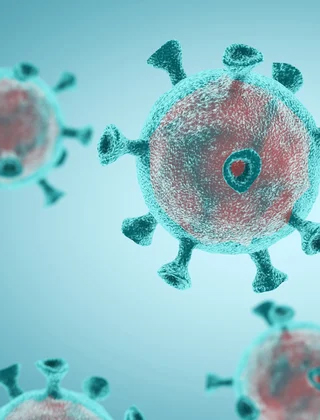Smart and efficient fence building

26-year-old Hugh McKay has developed the prototype of an automated trailer system for building farm fences. It is aimed at removing the physical labour and vastly decreasing the time normally required for installation.
The prototype of Hugh McKay’s fully automated ‘Smart Fencer’ (with 50 posts loaded on to it), which could revolutionise the process of installing a fence.
26-year-old Hugh McKay has developed the prototype of an automated trailer system for building farm fences. It is aimed at removing the physical labour and vastly decreasing the time normally required for installation.
Agricultural fencing is essential on all livestock farms, but installing it is a costly, time consuming and labour-intensive process. However, there could soon be a much cheaper and effective solution, thanks to a project that has been undertaken through an AWI-sponsored Science and Innovation Award for Young People in Agriculture.
A dislike for installing fencing on his family’s sheep and cattle property at Henty in NSW was the impetus for Hugh McKay to work on developing a fully automatic fencing trailer.
“I’ve always thought fencing was a very slow and tedious process, moving back and forth up the fence a number of times. So I decided to apply my product design engineering background and develop a fully automated fencing trailer, the Smart Fencer, which can be towed by any standard ute,” Hugh said.
“While there are some products on the market that help speed up some components of the fence (post drivers or wire spinners) there is yet to be a completely automated solution that will complete a fence in one run.”
HOW THE SMART FENCER WORKS
The Smart Fencer is being designed to use GPS technology that enables the operator to plot out the position of the fence to centimeter accuracy. Using this technology, the operator should be able to quickly and easily see the distance that the fence will cover, the number of posts that will be needed, the amount of wire and netting that will be required, as well as an accurate estimated time of installation with the Smart Fencer.
Inside the trailer is a large feeder system capable of holding 50 posts, which can be loaded up easily and quickly at the beginning of the run. Several wire spools can be loaded with either plain, barbed or prefabricated wires to be spun out for the fence.
Once the trailer is loaded, the user drives to the start of the fence where a localised screen in the cabin directs the driver to the first post position. When the trailer is within a designated range of the post position, the post is grabbed mechanically and moved to exact position and pounded into the ground to the desired height. Once completed, the driven post is released, the driver is directed forward to the next post position and the cycle is repeated.
The Post Donger is positioned on a set of rails and can move side to side and forward and backwards, allowing the vehicle driver to only need to drive within the desired one metre range of the post. Wires and netting are tied to the first strainer post and spun out as the post are rammed into the ground.
HUGH’S HUGE PROGRESS
Hugh has put a lot effort into developing the Smart Fencer prototype and has been mostly successful in his ambitious goal of automating the fencing process. Impressively, Hugh has done all the design, coding, engineering and manufacture of the prototype himself, in a relatively small timeframe and with a limited budget.
“While I am extremely proud of the progress and accomplishments so far, there is still a long way to go to turn this prototype into a commercial product. The GPS component of the machine has been a big hurdle to overcome, but with a few recent advancements and some new assisting technology, I’m excited that the machine is entering the final stages of development,” Hugh said.
“In the beginning of the project, I decided to break down the machine into achievable smaller sub-assemblies, which I could tackle one at a time. Throughout the construction process I have been busy testing different components of the machine and now refining each component to work together at the correct timing.
“Once the software development and timing of the machine is finalised, there will be a large amount of time testing, trialing, and optimising of the machine over the coming months. The machine will need to be tested in a variety of terrain, soil and weather conditions, with different posts and wires, to make the process as quick and efficient as possible.”
The Science and Innovation Awards for Young People in Agriculture are coordinated by ABARES and are open to young people aged 18-35 years working or studying in rural industries. The annual awards aim to encourage the uptake of science, innovation and technology in rural industries.
More information:
Hear more from Hugh McKay in Episode 142 of AWI’s The Yarn podcast, available at www.wool.com/podcast
This article appeared in the December 2020 edition of AWI’s Beyond the Bale magazine. Reproduction of the article is encouraged, however prior permission must be obtained from the Editor.















